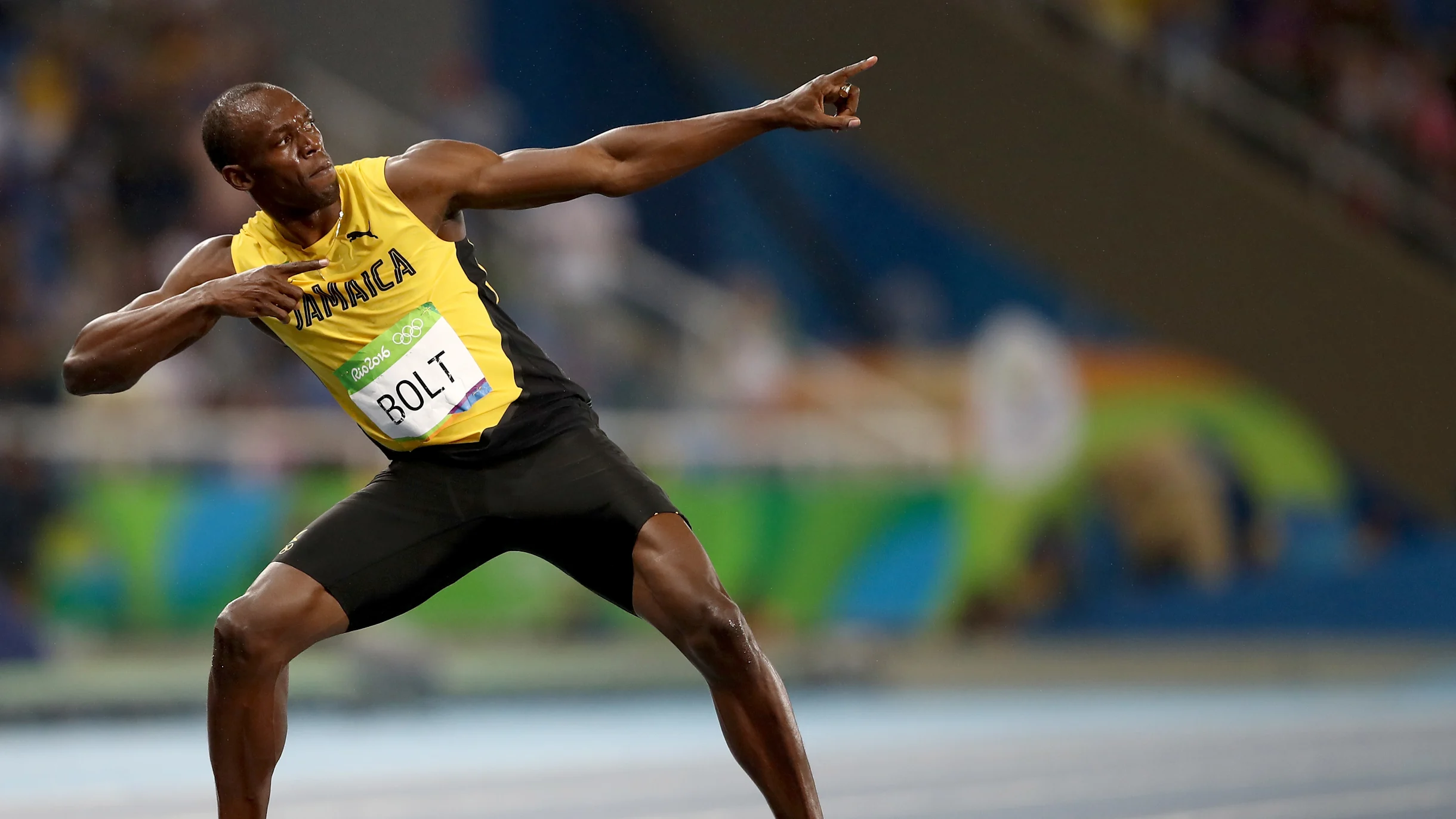
Tracks are iconic arenas where athletes push their limits, display their skills, and chase their dreams. These rectangular circuits, with their meticulously marked lanes, hold a rich history of intense competitions and awe-inspiring performances.
In this comprehensive article, we embark on a journey to explore the captivating world of tracks, uncovering fascinating facts about their design, the athletes who grace them, and the records that have left an indelible mark on the realm of athletics. So, lace up your shoes and join us as we dive into the thrilling universe of tracks!
Ancient Origins
Tracks find their roots in ancient civilizations, where foot races were a common form of competition. These early tracks were often natural pathways or earthen paths, marked by stones or other landmarks.
Modern Evolution
Track and field as we know it today has evolved over centuries, with organized competitions gaining popularity in the late 19th and early 20th centuries. The establishment of international governing bodies such as the International Association of Athletics Federations (IAAF) further propelled the sport’s growth and standardization.

Modern Track Design
The concept of a standardized track design started to take shape in the late 19th century. The first Olympic track and field events held in 1896 introduced a 400-meter track with curved ends, which eventually became the standard for track construction.
Synthetic Tracks
Most modern tracks feature synthetic surfaces, such as polyurethane or rubber, which provide consistent and reliable traction for athletes. These surfaces offer shock absorption, energy return, and reduced joint impact.
Grass Tracks
In some cases, tracks are constructed with natural grass surfaces. Grass tracks provide a softer feel underfoot and can be found in certain stadiums and athletic complexes.
White Lines
Each lane on a track is marked with a white line, indicating the designated running space for each athlete. These lines help maintain order and prevent interference during races.
Infield
The area enclosed by the innermost lanes is known as the infield. It serves as a space for warm-ups, field events, and various athletic activities during competitions.
Starting Blocks
Starting blocks are used by sprinters to maximize their acceleration at the beginning of races. These adjustable platforms provide a sturdy foothold and help athletes launch themselves forward.
Hurdles
Hurdles are equipment used in hurdle races. Athletes must clear these barriers of varying heights by jumping over them while maintaining their speed and rhythm.

100-Meter Dash
The 100-meter dash is one of the most iconic track events, often regarded as the ultimate test of pure speed. Athletes explode off the blocks, striving to cross the finish line in the shortest time possible.
800-Meter Run
The 800-meter run is a challenging middle-distance event that demands a combination of speed, endurance, and tactical racing strategies. Runners must balance their energy expenditure to maintain a strong pace.
1500-Meter Run
The 1500-meter run is a thrilling test of endurance and strategy. Athletes must navigate the race, positioning themselves strategically to unleash their final kick for a strong finish.
3000-Meter Steeplechase
The 3000-meter steeplechase is an endurance event that incorporates hurdles and a water jump. Athletes must navigate barriers and overcome the challenge of the water jump to reach the finish line.
Long Jump
In the long jump, athletes sprint down the runway before launching themselves into the air, aiming for maximum distance. It requires a combination of speed, power, and technique.
Shot Put
Shot put is a throwing event where athletes showcase their strength by propelling a heavy metal ball as far as possible. It demands a combination of explosive power and technique.
Olympic Stadium, Berlin
The Olympic Stadium in Berlin, Germany, holds a significant place in the history of track and field. It was the venue for the 1936 Olympic Games, where Jesse Owens, the legendary American sprinter, won four gold medals, defying racial discrimination and making an enduring statement against oppression.
Hayward Field, Eugene
Hayward Field in Eugene, Oregon, is renowned as the “Track Town, USA.” It has hosted numerous national and international track events and is known for its passionate crowds and vibrant atmosphere.
Usain Bolt The Lightning Bolt
Usain Bolt’s electrifying speed brought him fame and numerous world records. His 100-meter world record of 9.58 seconds, set in 2009, still stands as a testament to his exceptional athleticism.

Florence Griffith-Joyner: The Fastest Woman
Florence Griffith-Joyner, known as Flo-Jo, set an astonishing world record in the women’s 200-meter race at the 1988 Olympics. Her time of 21.34 seconds remains unbeaten.
Breaking the 4-Minute Mile
Roger Bannister, a British athlete, achieved the remarkable feat of running a mile in under four minutes in 1954. His record-breaking performance shattered a perceived barrier and inspired generations of runners.
Breaking the 10-Second Barrier
Breaking the 10-second barrier in the 100-meter dash was a monumental achievement. Athletes such as Carl Lewis, Asafa Powell, and Justin Gatlin have etched their names in history by achieving this remarkable feat.
Conclusion
The track is a realm where athletes push their limits, dreams are realized, and sporting history is made. From the thunderous sprints to the graceful strides of long-distance runners, the track captivates us with its raw power and unwavering determination.
As we explored the captivating world of track and field, we unveiled its rich history, witnessed the brilliance of world-class performances, and gained a deeper appreciation for the incredible athletes who leave their mark on the track. So, whether you’re an aspiring athlete, an avid spectator, or simply a lover of sports, embrace the track and let its thrilling atmosphere inspire you to reach new heights of athleticism.
Frequently Asked Questions (FAQs)
How long is a standard track?
A standard outdoor track is 400 meters in length, consisting of two semicircles and two straightaways.
What is a false start in track and field?
A false start occurs when an athlete begins the race before the starting signal. In professional competitions, a single false start can lead to disqualification.
What is the difference between track and field events?
Track events take place on the running track, such as sprints and distance runs, while field events occur in designated areas adjacent to the track, including jumping and throwing events.
How are track events timed?
Track events are typically timed using electronic timing systems that precisely measure the athletes’ race times. These systems ensure accurate and reliable results.
What is the world record for the men’s 100-meter dash?
The current world record for the men’s 100-meter dash is 9.58 seconds, set by Usain Bolt of Jamaica in 2009.
Was this page helpful?
Our commitment to delivering trustworthy and engaging content is at the heart of what we do. Each fact on our site is contributed by real users like you, bringing a wealth of diverse insights and information. To ensure the highest standards of accuracy and reliability, our dedicated editors meticulously review each submission. This process guarantees that the facts we share are not only fascinating but also credible. Trust in our commitment to quality and authenticity as you explore and learn with us.


